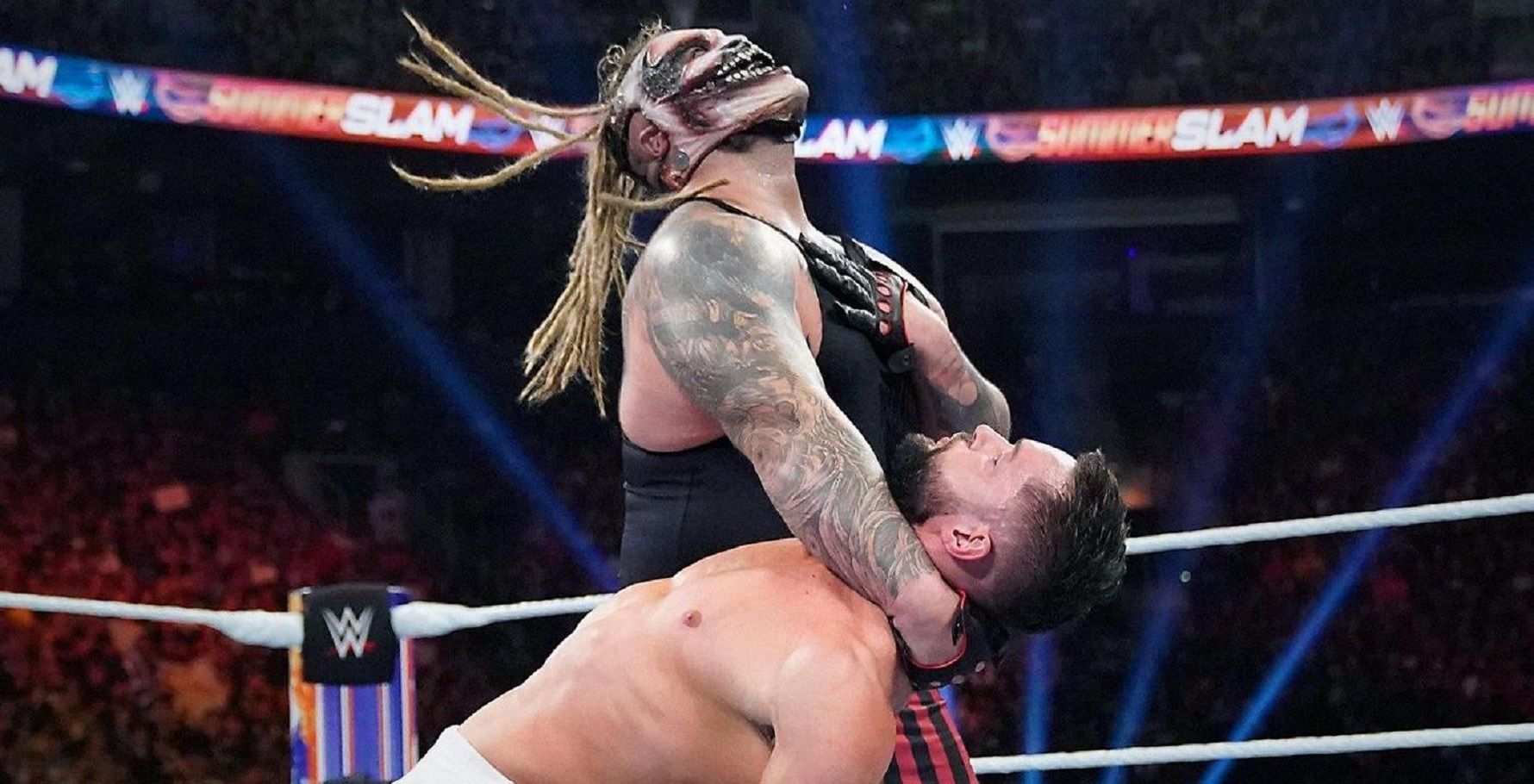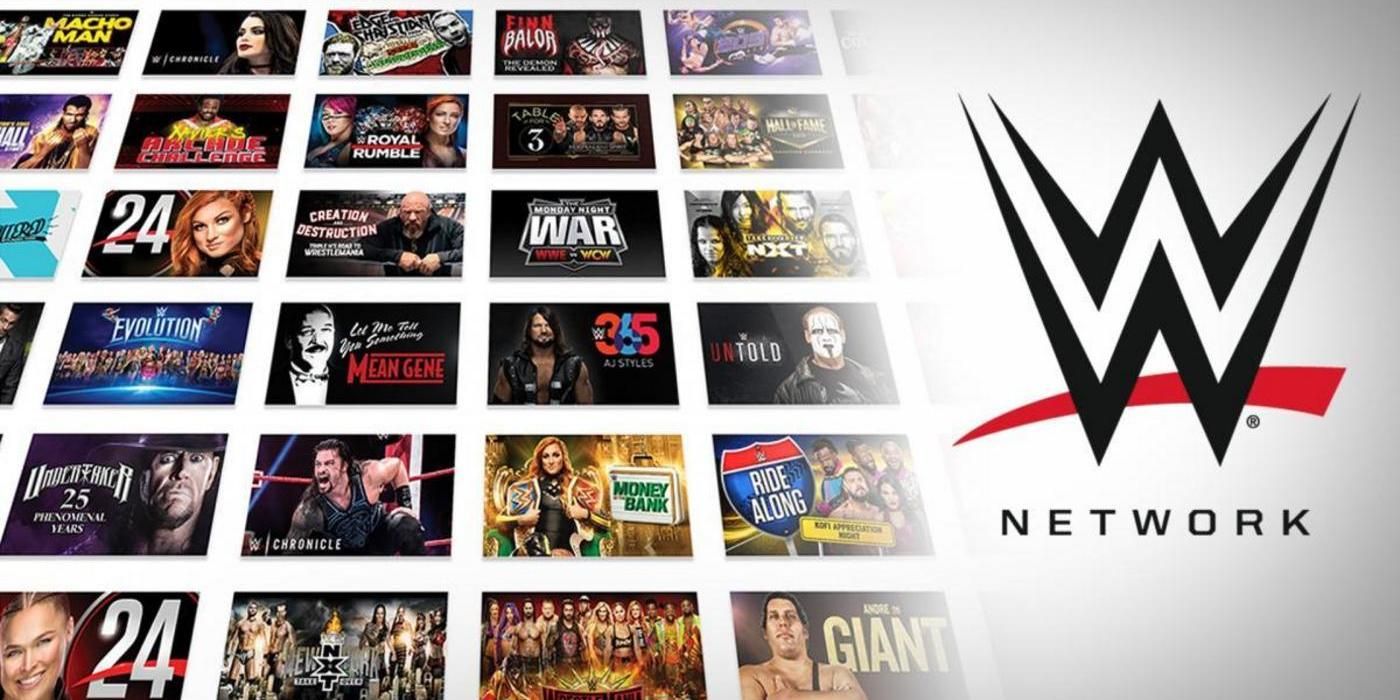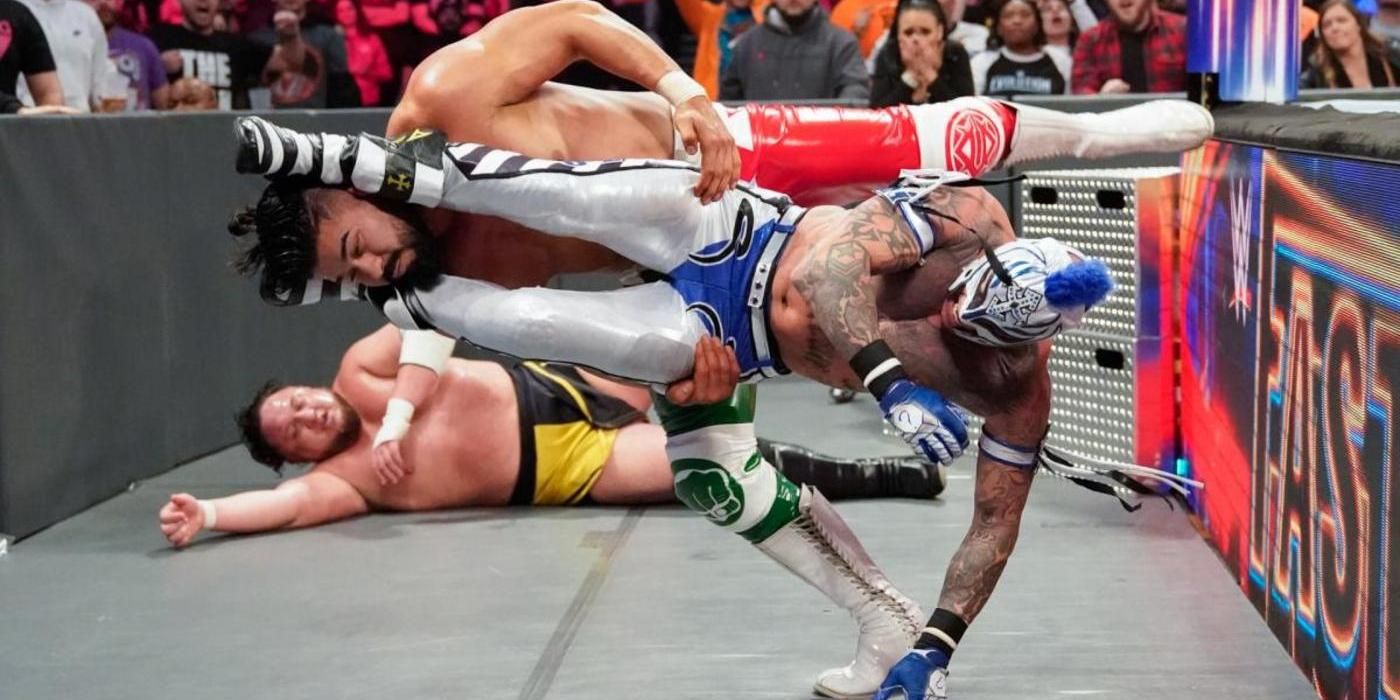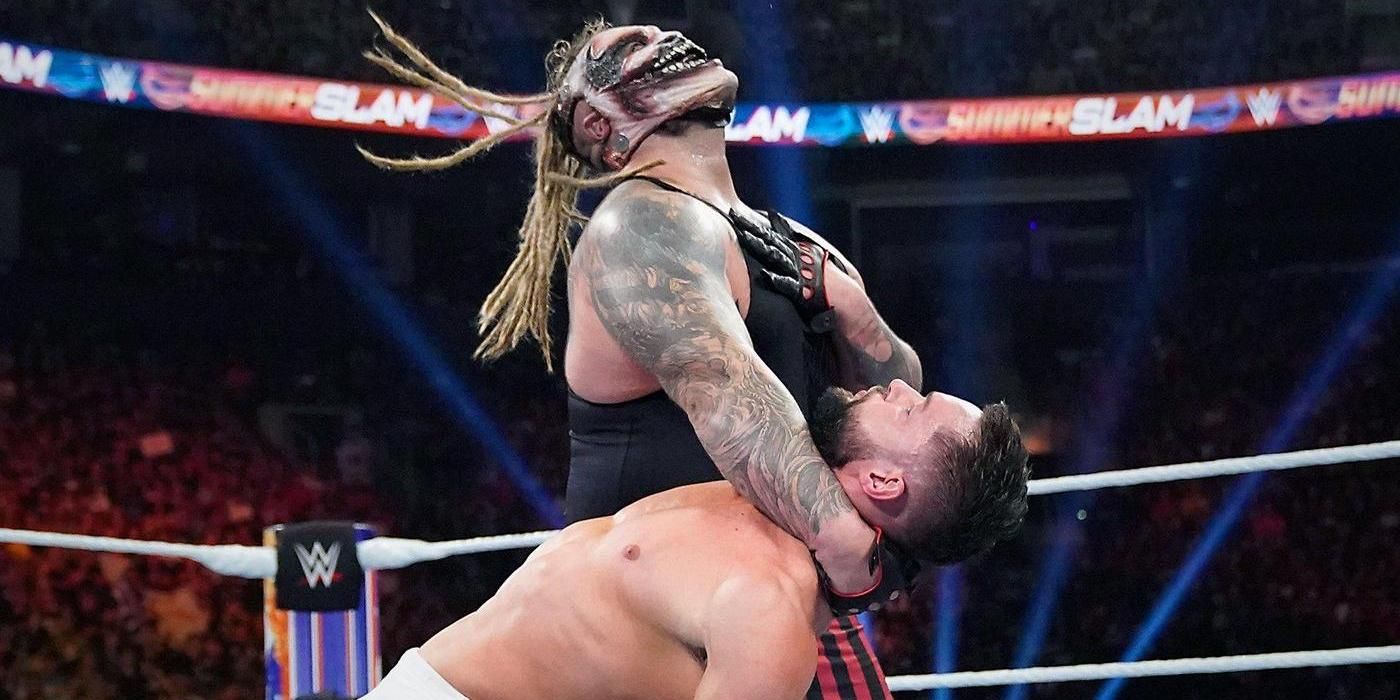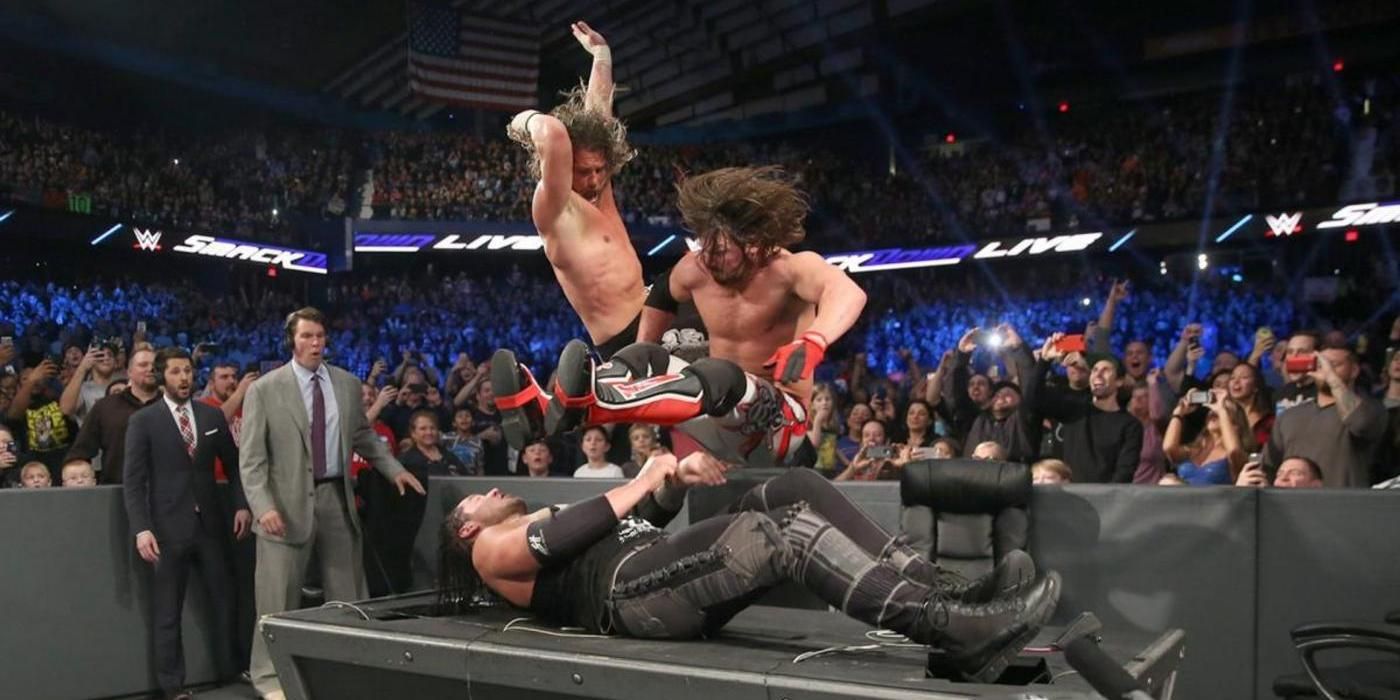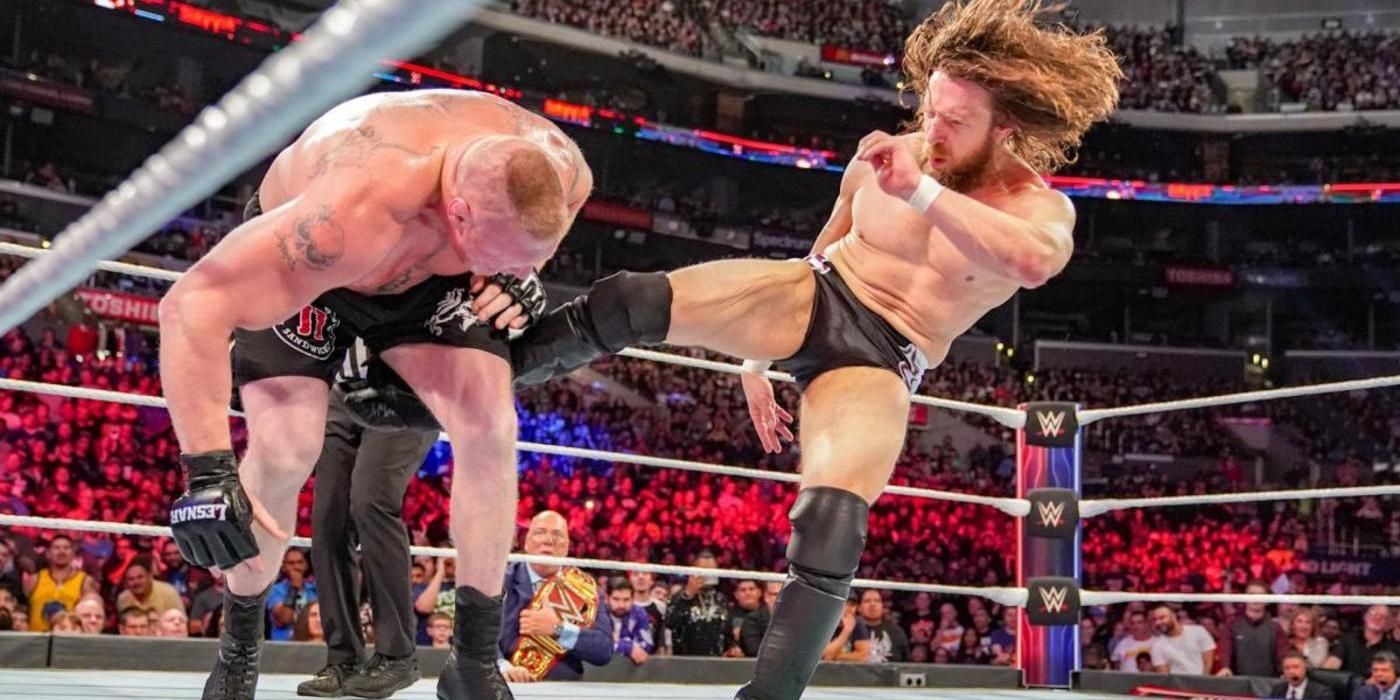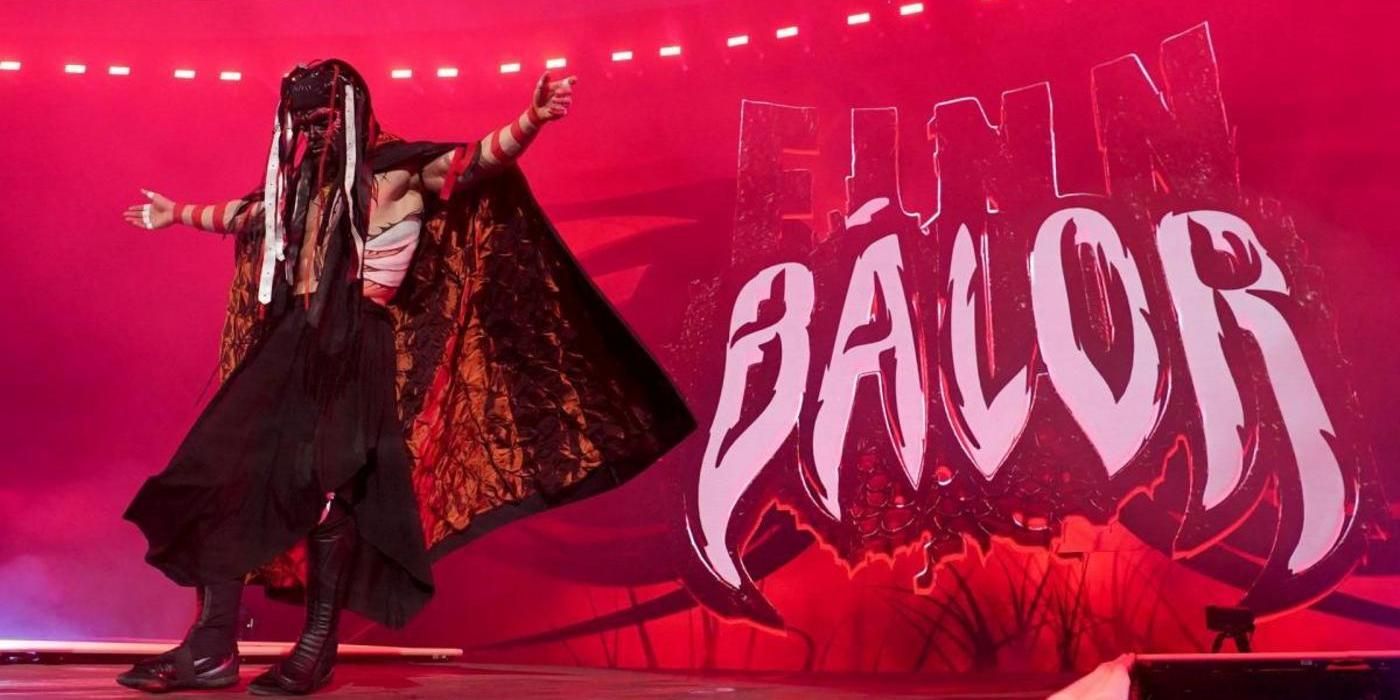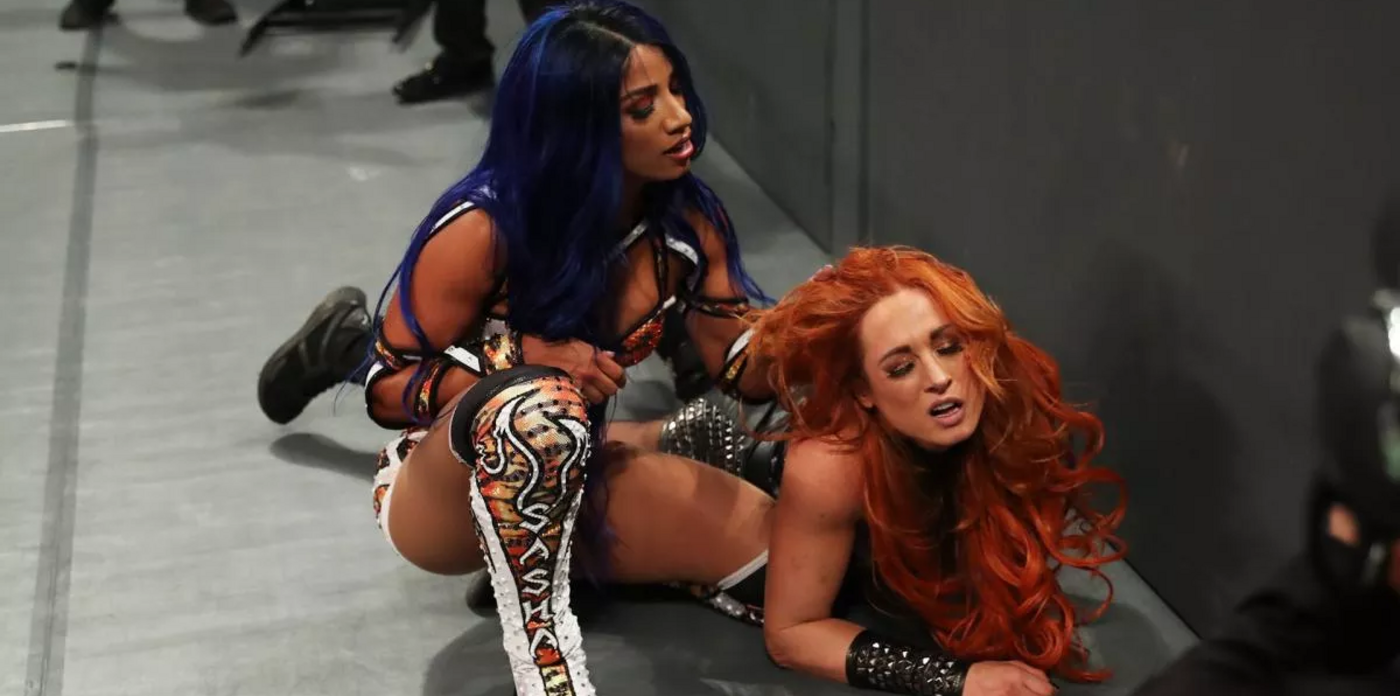Back when the original WWE Draft was held in 2002, it eventually led to single-branded pay-per-views. Outside of a handful of them, most of these shows were considered to be lackluster. That caused a change, bringing back dual-branded PPVs featuring both sets of rosters.
Another WWE Draft came in 2016 and the idea for split PPVs came back. Again, some were lacking, but more than a few were very good. History continued to repeat itself as they were shelved again for dual-branded PPVs. This has been met with both criticism and praise from fans. Both sides have validity to their arguments and we've chosen the best reasons supporting each of them.
10 Should: More WWE Network Content
We currently live in a time where it isn't about pay-per-view buyrates for WWE. Instead, their focus is on the WWE Network and how many subscribers they have. To get people to sign up, it is a good idea to have as much content as possible available. Along with the extensive VOD library, more live shows are a huge deal.
Following the 2016 Draft, the company began running individual brand events each month. That meant two PPVs in 8 out of the 12 months per year. More live content at a great price is enticing for potential WWE Network subscribers.
9 Shouldn't: Improved Attendance
One of the biggest things that non-exclusive PPVs allows for are cards filled with stars. Without a split, every top performer is available to compete or at least appear. Those are the folks who sell tickets and put fans in the seats. Having them all available in one place is the best option for attendance numbers.
When the brand split had individual pay-per-views, it often led to depleted attendance figures. Fans weren't as willing to sell out an arena if they weren't getting to see everyone. Imagine being a huge Roman Reigns fan but when WWE finally came to your town, he was on the other brand and not scheduled. It might cause someone to think twice about purchasing a ticket.
8 Should: Shorter PPVs
There's one complaint that seems to be heard over all others when it comes to WWE pay-per-views: they're often too long. Gone are the days of a PPV clocking in at just under three hours. WrestleMania has been between 7 and 8 hours in recent years, with other shows lasting nearly 4 hours.
If WWE had single-branded pay-per-views, this wouldn't be a problem. There simply won't be enough talent on the card to fill out these hours. Which is a good thing. Most PPVs should be around 3 hours. Going longer than that can often tire out a live crowd, while viewers at home have other things to do and watch instead.
7 Shouldn't: Saving Money
As noted, when PPVs are brand exclusive, they don't do as well in terms of selling tickets. That's an issue when it comes to money. When you're doing these solo pay-per-views, though, it often means that you're running more than you would if they were dual-branded.
That means WWE has to spend more money renting out extra arenas. If they aren't getting sellouts, they aren't receiving the returns for the cash they're spending. As a business, this is bad news for WWE and proof that running dual-branded shows could be the way to go.
6 Should: Keeps The "Big Four" Special
In WWE, the "Big Four" pay-per-views are Royal Rumble, WrestleMania, SummerSlam, and Survivor Series. These should be the only PPVs to feature both brands and last more than three hours. They are special events and should be treated as such. That isn't the case when every PPV has the entire roster included.
Survivor Series is billed as the one night a year when Raw battles Smackdown. SummerSlam is the biggest party of the summer. WrestleMania is the grandest stage of them all. If every other PPV has these characteristics, then they won't feel as special as they should.
5 Shouldn't: Improved Television
The things that happen on a pay-per-view can greatly impact the weekly television shows. Sometimes, that happens in ways you might not expect. When WWE has dual-branded PPVs, it means the card is stacked with big stars and matches. Some title matches might not fit on the show.
That means that a lot of championship bouts would be left to the weekly television shows. SmackDown might be headlined by a notable Intercontinental Title contest because there wasn't room for it on the PPV. That makes for good television.
4 Should: It Protects The Brand Split
One of the most irritating things that WWE has implemented in recent memory, for some fans, was the "wild card" rule. It allowed Superstars from each brand to appear on the opposite one. It was lame because it hurt the idea of a split and there were no set rules or parameters to these appearances, making them random.
Keeping brand-exclusive pay-per-views would be another way to keep the brand split feeling special. We want these split rosters to mean something, especially in the 2019 Daft between Raw and Smackdown. If the rosters are interacting (even outside of the ring) at these events, then it somewhat defeats the purpose of having a brand split in the first place.
3 Shouldn't: Each Show Feels Bigger
No, we don't just mean that the shows feel bigger because they are longer. We mean they feel bigger in terms of their scale. You want your pay-per-views to come across as major events that all matter. There shouldn't be any placeholder shows to get from one story point to the next.
That's where dual-branded pay-per-views should theoretically come into play. Each would feature the likes of Roman Reigns, Daniel Bryan, Seth Rollins, Kofi Kingston, Becky Lynch, Sasha Banks, and other top stars. That means nearly every match on the card would be something the fans are invested in and excited about.
2 Should: Talent Won't Get Left Out
Backlash 2018 saw the return of the dual-branded pay-per-views. That show didn't include Finn Balor, the Usos, Sasha Banks, the New Day, Becky Lynch, or Asuka, just to name a few. You could have put on a great PPV using only the talent that didn't make the show.
WWE may have a more talented roster right now than ever in history. Without even counting NXT, NXT UK, or 205 Live, there are stars everywhere. Brand-exclusive PPVs offer more opportunities for people to get on these shows. Look at any PPV card from 2016 or 2017 to see how many different roster members were given a chance.
1 Shouldn't: More Match Variety
If you have complete access to the full WWE roster on a pay-per-view, then you have more options for match variations. With rosters being split, it limits the number of combinations you can put together. It is basic math.
Remember in 2016 when the Raw brand pay-per-views ran some version of Kevin Owens vs. Roman Reigns or Kevin Owens vs. Seth Rollins for four or five months? Or when Smackdown gave us Dean Ambrose vs. AJ Styles in some form for several months? That's the risk with single-branded PPVs. Dual-branded events are so packed that some of those rematches could be saved for TV and make the PPVs less repetitive.

